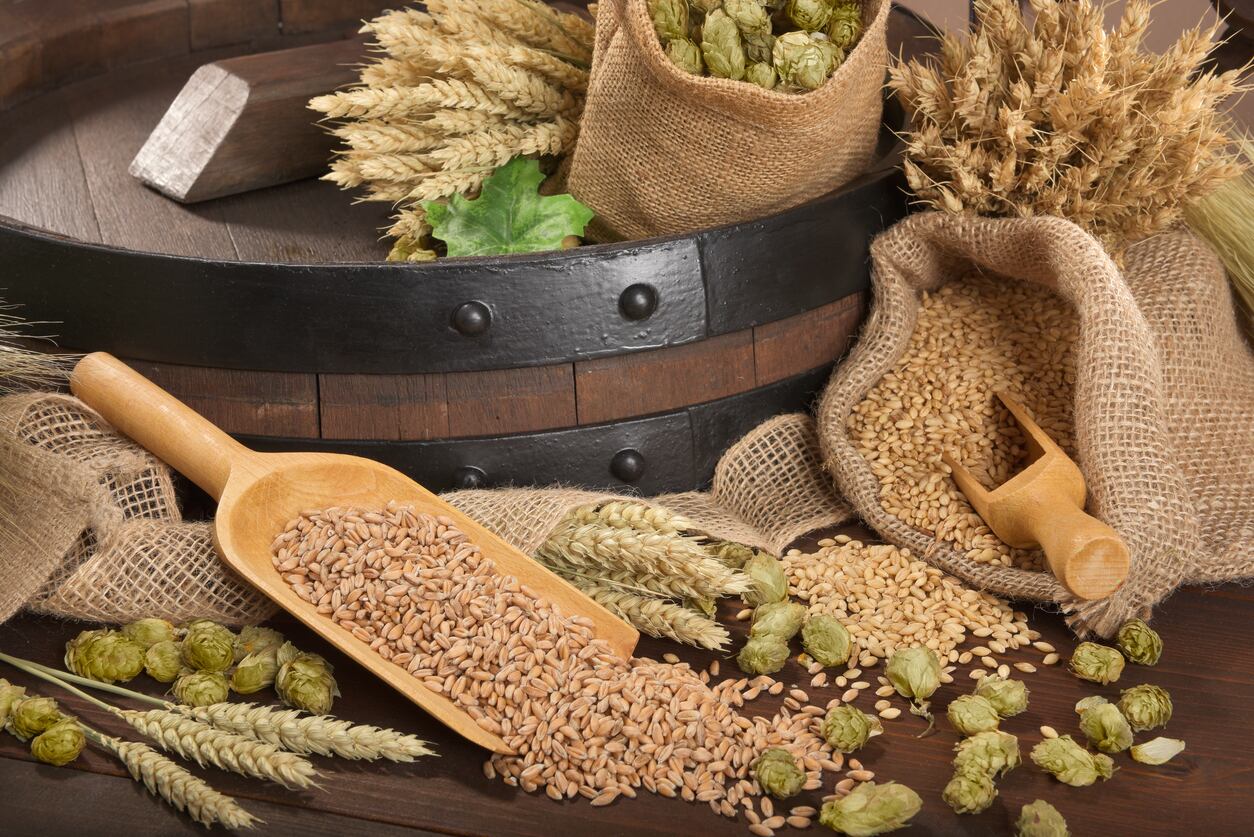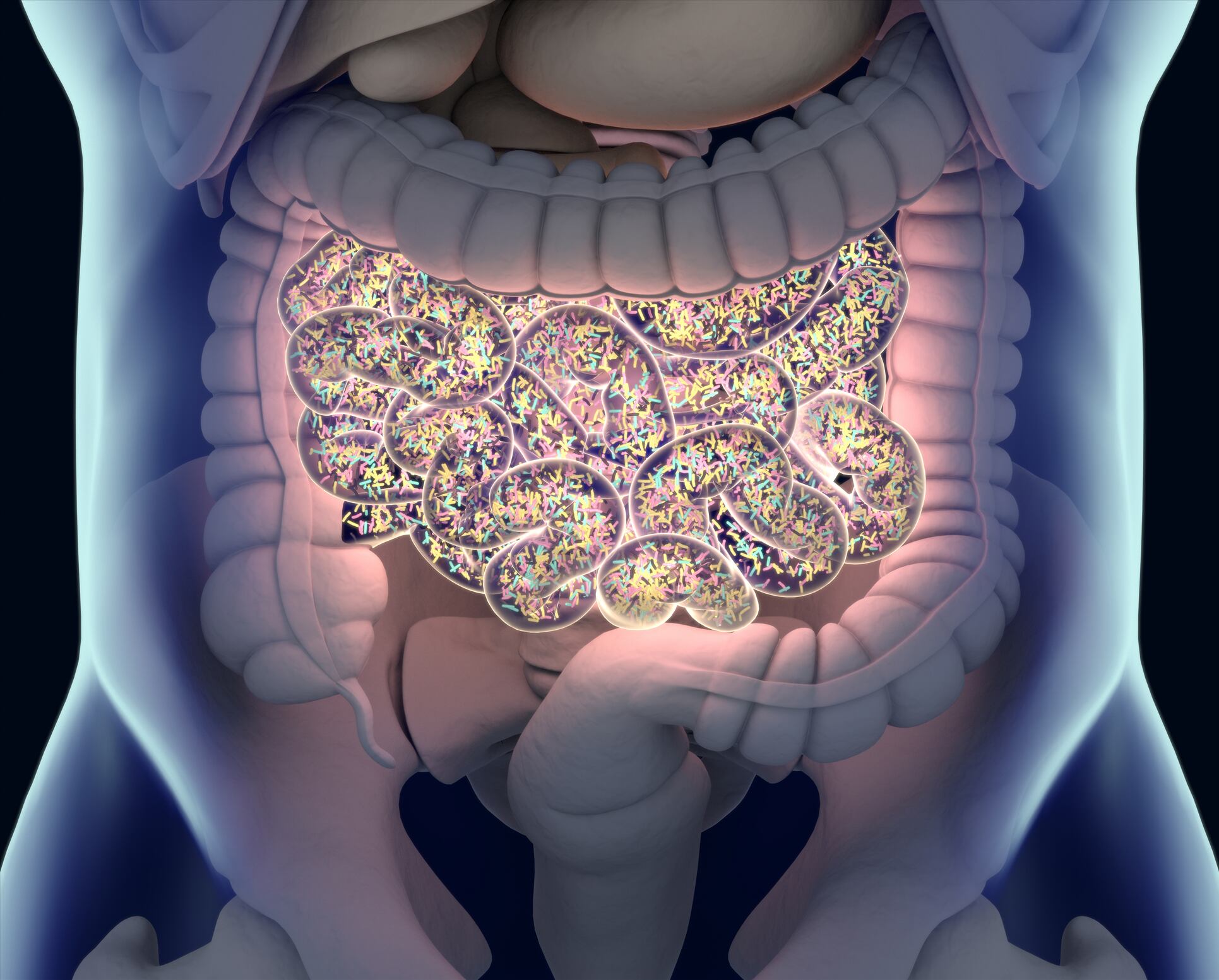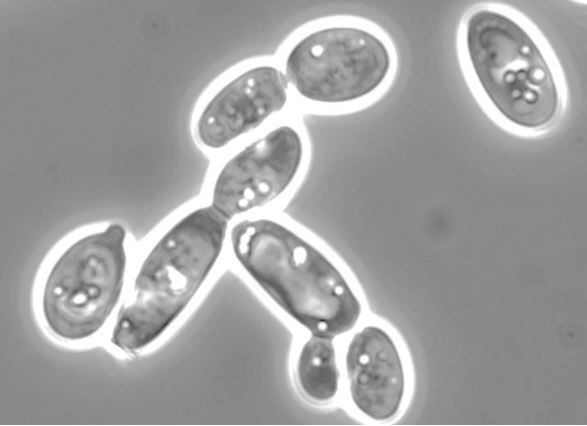Researchers, who use Saccharomyces cerevisiae’s sucrose metabolism, identify microbes that gain nutrients not worked for but strengthen the whole population, rather than selfishly keeping resources for themselves.
“We were puzzled by the diversity of microbial feeding strategies observed in nature and created a synthetic microbial community to probe this further," said professor Ivana Gudelj, co-author of the study and based at the University’s Living Systems Institute.
"Through our interdisciplinary approach, we found that digesting resources externally is favoured in fluctuating and rapidly changing environments or in non-diverse communities where they cannot be exploited," adds Dr Richard Lindsay, co-author and experimental biologist at the University.
Public vs. private
A common feeding strategy amongst microbes is to secret metabolic products into the surrounding environment to break down and capture required complex nutrients.
However, this method initially appears flawed as nutrients are lost into the environment. They can also be used by neighbouring microbes that reap the rewards without contributing.
This "public goods" approach contrasts to the “private goods” approach in which microbes internalise substrates before they are metabolised so that all generated products are retained as private goods.
This approach may succeed in conditions with high microbial genotypic diversity, making public-good production risky due to increased opportunity for exploitation by unrelated individuals.
For example, the human gut bacteria Bacteroides thetaiotaomicron limits external digestion by transporting oligosaccharides via membrane proteins into the periplasm where enzymes break them down into the component mono- or disaccharides.
This metabolic strategy may be particularly profitable when sharing an environment, such as the human intestine, with a multitude of diverse competitor microbes.
Study details
The team began examining the metabolism of S. cerevisiae in its native form creating a new three-strain synthetic community that uses different strategies of sucrose metabolism.
Along with studying the microbes in their natural form and environment, the researchers also employed a number of mathematical models, and synthetic techniques to determine why the "public goods" approach is used in spite of its flaws.
They discovered that both strategies that break down nutrients internally and externally both have distinct advantages when thought of separately.
In communities that use both feeding strategies, microbes that broke nutrients down internally out-competed their neighbours.
However, this strategy became unsustainable once the public good feeders had been out-competed.
The research team put forward a more co-operative approach that sees certain microbes acquiring nutrients they have not worked for, can strengthen the whole population, rather than individuals selfishly keeping resources for themselves.
‘Strengthening the whole population’
“As public metabolism is widespread, our study suggests that ephemeral environments, where rapid proliferation is necessary to retain a viable long-term population, are frequent in nature,” the study states.
“Cheats may undermine their absolute fitness, but mechanisms including frequency-dependence, preferential access and linked private benefits can prevent public-metabolizers from becoming extinct.
“Despite product loss, if public metabolism enables the fastest way of acquiring nutrients, as demonstrated and theoretically predicted, then it can provide a distinct advantage over private metabolism,” it adds.
“Although private metabolism in such ephemeral environments can provide a competitive edge over cooperative public metabolism, it can ultimately lead to population decline and increasing its vulnerability to extinction.”
Source: Nature Ecology & Evolution
Published online: doi.org/10.1038/s41559-019-0944-9
“Privatization of public goods can cause population decline.”
Authors: Richard Lindsay, Bogna Bawlowska and Ivana Gudelj




